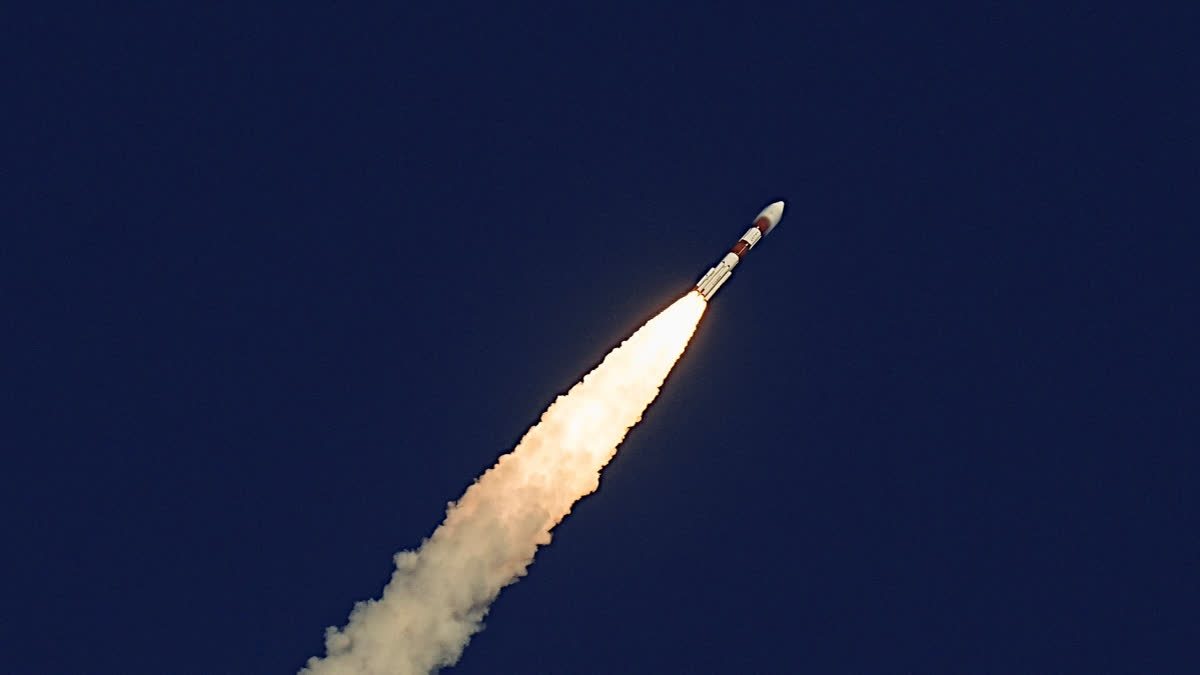Chennai: ISRO's successful launch of European Space Agency's (ESA) Proba-3 satellites onboard the PSLV-C59 rocket is a 'groundbreaking mission' and would significantly advance the understanding of the Sun's corona and solar wind, a former ISRO scientist said.
According to P V Venkitakrishnan, former director of the Capacity Building Programme Office, ISRO headquarters, the 'innovative design and advanced technologies' used in the mission would pave the way for future space weather forecasting and solar physics research.
"This mission is a collaborative effort between the European Space Agency (ESA) and the Indian Space Research Organisation. Proba-3 is a pioneering mission designed to explore the Sun's corona, the outer atmosphere of the Sun", he told PTI.
It aims to study the Corona, which is hotter than the Sun's surface, and explore the solar wind which is a stream of charged particles emanating from the Sun, Venkitakrishnan said.
"The data from Proba-3 satellites would help scientists better understand and predict space weather events, which can impact the Earth's magnetic field and satellite operations." He noted that the two satellites -- Coronagraph and Occulter-- would form a 'precise formation 150 meters apart after several orbital manoeuvres in the coming days.
The instrument in the Coronagraph spacecraft would capture high-resolution images of the Sun's corona. This setup will mimic a total solar eclipse which traditionally lasts only for a few minutes and does not occur frequently.
Proba 3 will provide 6 continuous hours of observation during each orbit, equivalent to about 50 natural solar eclipses annually.
"The Proba-3 features an advanced propulsion system, enabling precise control and manoeuvring of the spacecraft and is made by ESA.
With the Bengaluru-headquartered space agency providing the launch vehicle for the latest mission, Venkitakrishnan said the ESA collaborated with ISRO as it currently lacks an active launch vehicle to carry its payloads to orbit.
"This shows the success of our space diplomacy and our capacity to provide reliable and cost-effective launches to our customers," he said.
ISRO had on Thursday successfully launched the Proba-3 mission onboard a PSLV-C59 rocket, a solar experiment undertaken by the European Space Agency.



